Grayscale Positions LINK as Essential Middleware for RWA Economy
Grayscale Investments has designated Chainlink as the pivotal infrastructure layer for the next wave of blockchain utility, describing the decentralized oracle network as the “critical connective tissue” necessary to bridge the chasm between traditional finance (TradFi) and the digital asset economy. In a research report released this week, the world’s largest crypto asset manager argued that Chainlink’s evolution from a simple data feed provider to a comprehensive interoperability standard positions it to capture significant value from the burgeoning tokenization sector.
From Oracle to Modular Middleware
The report redefines the investment thesis for Chainlink (LINK), moving beyond its legacy classification as merely a price feed oracle. “A more accurate description of Chainlink today would be modular middleware that lets on-chain applications safely use off-chain data, interact across blockchains, and meet enterprise-grade compliance needs,” Grayscale analysts noted.
This strategic pivot has effectively cemented LINK—currently trading near $12.51—as the largest non-Layer 1 asset by market capitalization, excluding stablecoins. By serving as a universal translator between isolated blockchain environments and legacy banking systems, Chainlink offers investors broad-spectrum exposure to the entire crypto ecosystem rather than a bet on a single winning blockchain.
Orchestrating the $35.6 Billion Tokenization Boom
Grayscale’s bullish outlook is anchored in the rapid expansion of real-world asset (RWA) tokenization. According to data from RWA.xyz, the total value of tokenized assets on-chain has surged from just $5 billion in early 2023 to over $35.6 billion today. For these trillions of dollars in off-chain capital—ranging from real estate to US Treasurys—to migrate on-chain, they require a secure, verified bridge.
“We expect Chainlink to play a central role orchestrating the process of tokenization,” the report stated, highlighting the protocol’s growing partnership network which includes financial heavyweights like S&P Global and FTSE Russell. The thesis suggests that as institutions seek to unlock the programmability and efficiency of blockchain rails, they will inevitably rely on Chainlink’s infrastructure to validate and settle these transactions.
Validation via Institutional Settlement
The report cites tangible operational milestones as evidence of this “connective tissue” theory. Notably, in June, Chainlink successfully facilitated a cross-chain delivery-versus-payment (DvP) settlement pilot involving JPMorgan’s Kinexys network and Ondo Finance. The test utilized Chainlink’s Runtime Environment (CRE) to coordinate the exchange of tokenized US Treasurys for fiat currency across disparate private and public ledgers, proving the network’s capability to handle complex institutional workflows without asset fragmentation.
Strategic Outlook
For investors, Grayscale’s analysis frames Chainlink as a fundamental infrastructure play akin to the “picks and shovels” of the digital age. As the tokenization trend accelerates, the demand for secure, cross-chain interoperability is expected to scale non-linearly. The primary risk remains the competitive landscape of interoperability protocols; however, Chainlink’s deep integration with existing banking infrastructure provides a significant defensive moat. If the protocol continues to secure high-value institutional partnerships, it stands to become the de facto standard for global financial settlement on-chain.

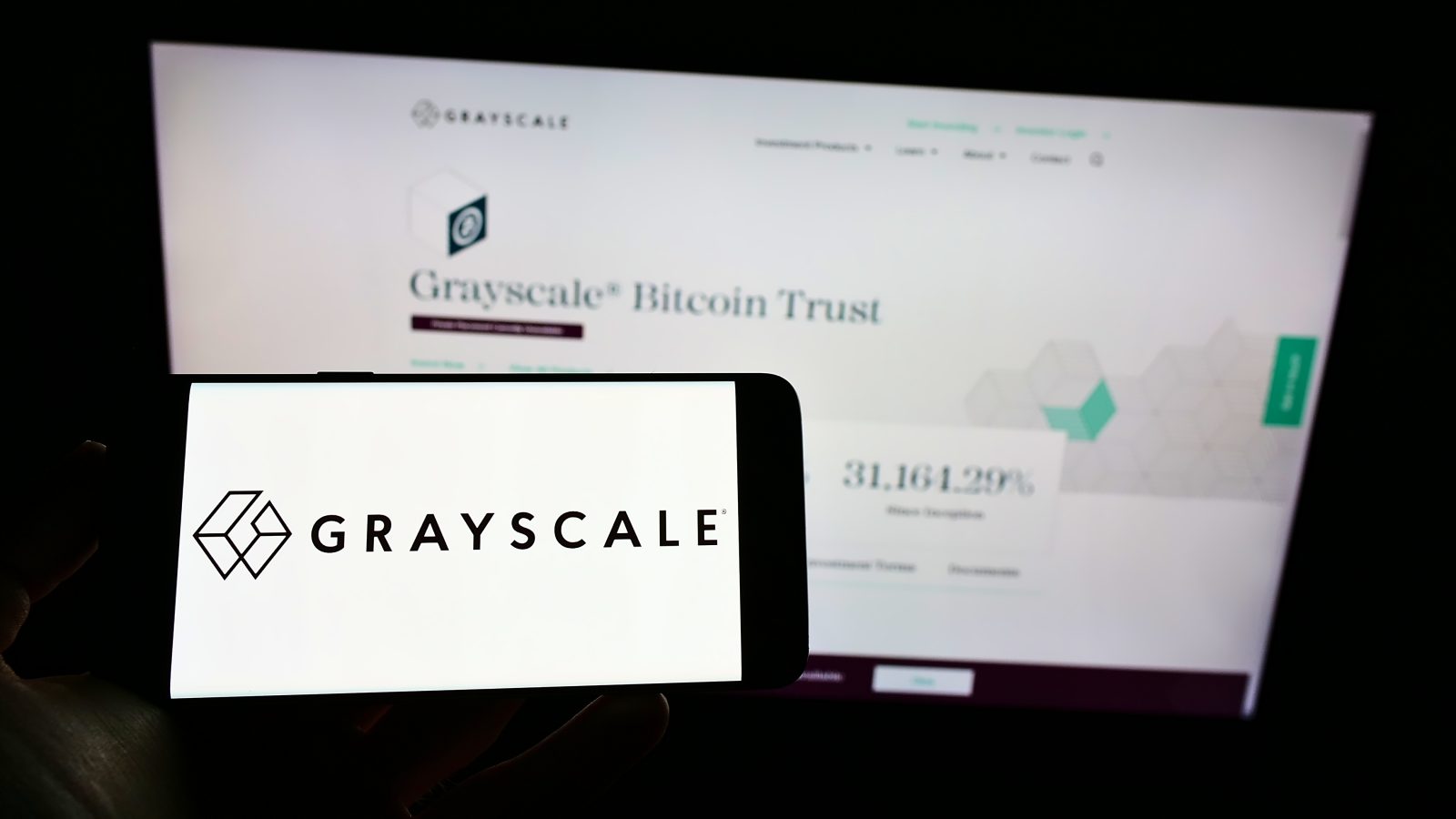

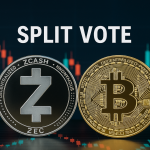

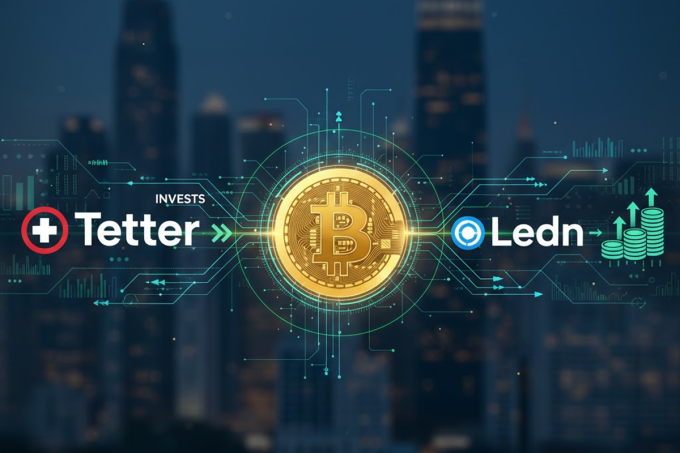
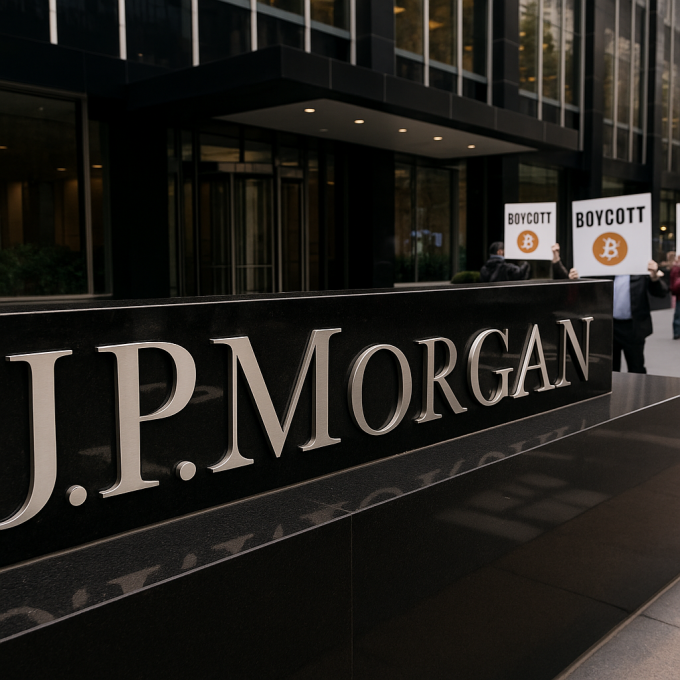
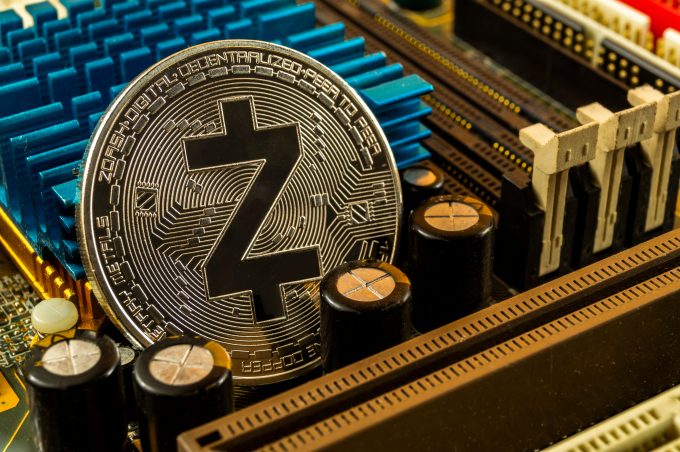


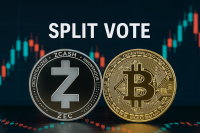


https://shorturl.fm/e8oqO
https://shorturl.fm/CeI5Q